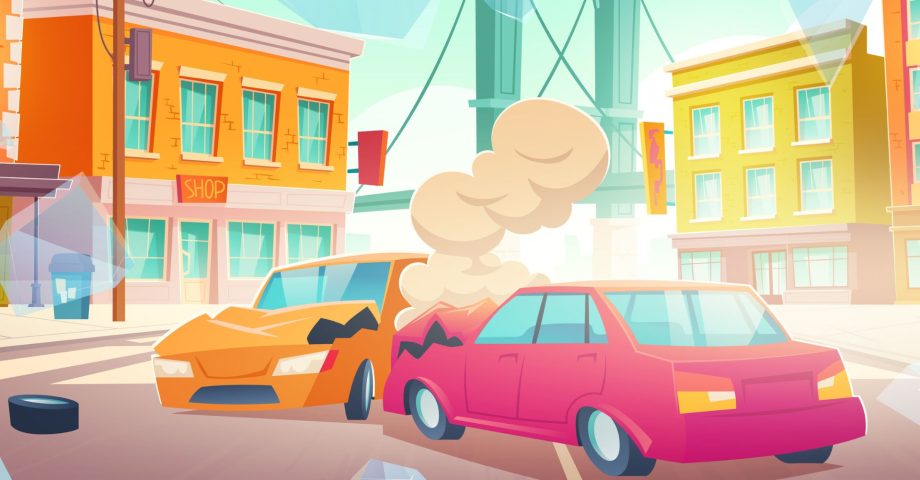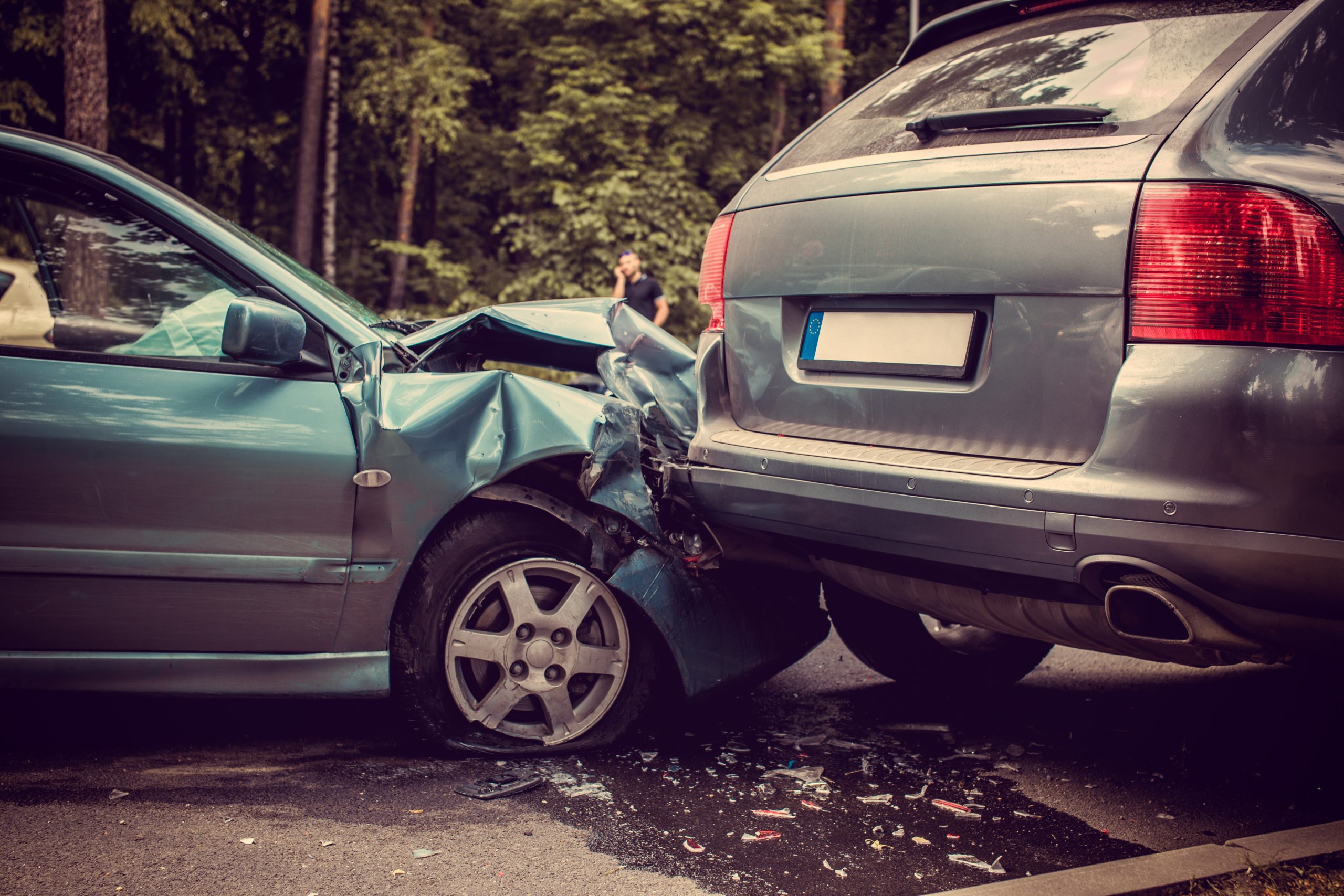7 Common Reasons for T-bone Accidents
Car accidents can occur in many ways. Since the two cars make the letter “T” when colliding, this type of collision is commonly called a “T-bone.”
Also called broadside accidents, T-bone collisions can be severe. Victims of T-bone accidents should be aware of their legal rights. An understanding of legal rights is possible with the right legal assistance. Read here to learn more about how a lawyer can help in your T-bone case.
This guide lists seven reasons why T-bone accidents happen.
Why Do T-Bone Accidents Occur?
The most common cause of T-bone collisions is when one driver doesn’t yield to another who has the right of way. The motorist, who did not yield, eventually “T-bones” the other car by hitting its side.
T-bone collisions frequently happen at intersections where stop signs or traffic lights malfunction. For instance, a motorist may turn dangerously to the left when he believes another car will stop at a yellow light. The driver runs a red light and risks colliding with the oncoming vehicle. Alternatively, a motorist may inadvertently blow a stop sign and collide with the side of another car at an intersection.
Here are some reasons why T-bone accidents happen:
1. Running Red Lights
Running red lights is one of the main traffic signal violations that result in T-bone collisions. Drivers who run red lights risk hitting oncoming traffic and causing T-bone collisions. Because of the high impact on the vehicle’s side, such incidents frequently have devastating consequences.
2. Failure to Yield Right of Way
The failure to yield the right of way is another common factor involved in T-bone collisions. This happens when a car enters an intersection without granting oncoming traffic the proper right of way. Failing to yield at busy intersections where multiple traffic streams converge can result in collisions.
3. Distracted Driving
In a time when cellphones and other electronics dominate, driving while distracted is now a significant factor in T-bone collisions. Side-impact collisions are more likely to happen when drivers text, talk on the phone, or fiddle with their GPS while operating a motor vehicle. These behaviors also increase the likelihood of missing traffic signals.
4. Speeding
Speeding shortens a driver’s reaction time and makes T-bone collisions more serious. It may be difficult for a driver to stop or quickly maneuver their car when moving at high speeds, particularly when approaching an intersection. Speeding increases impact force, increasing the risk of T-bone collisions.
5. Impaired Driving
Drunk driving significantly reduces a driver’s ability to make good decisions and respond quickly to traffic changes. Drunk drivers often don’t see red, stop at red lights, or follow right-of-way laws, resulting in T-bone accidents that can be life-altering.
6. Poor Weather Conditions
Rain, snow, or fog are unfavorable weather conditions that can cause T-bone collisions. Side-impact collisions are more likely to occur when drivers cannot anticipate and react to traffic signals or the movement of other vehicles due to reduced visibility and slick road surfaces.
7. Faulty Traffic Signals and Signs
Sometimes, T-bone accidents happen due to malfunctioning or damaged traffic control devices or signs. Drivers may misread signals or lack essential information, confusing intersections. Municipalities and road maintenance authorities should ensure traffic control devices work correctly to avoid T-bone accidents.
This page was last modified on November 24, 2023. Suggest an edit










